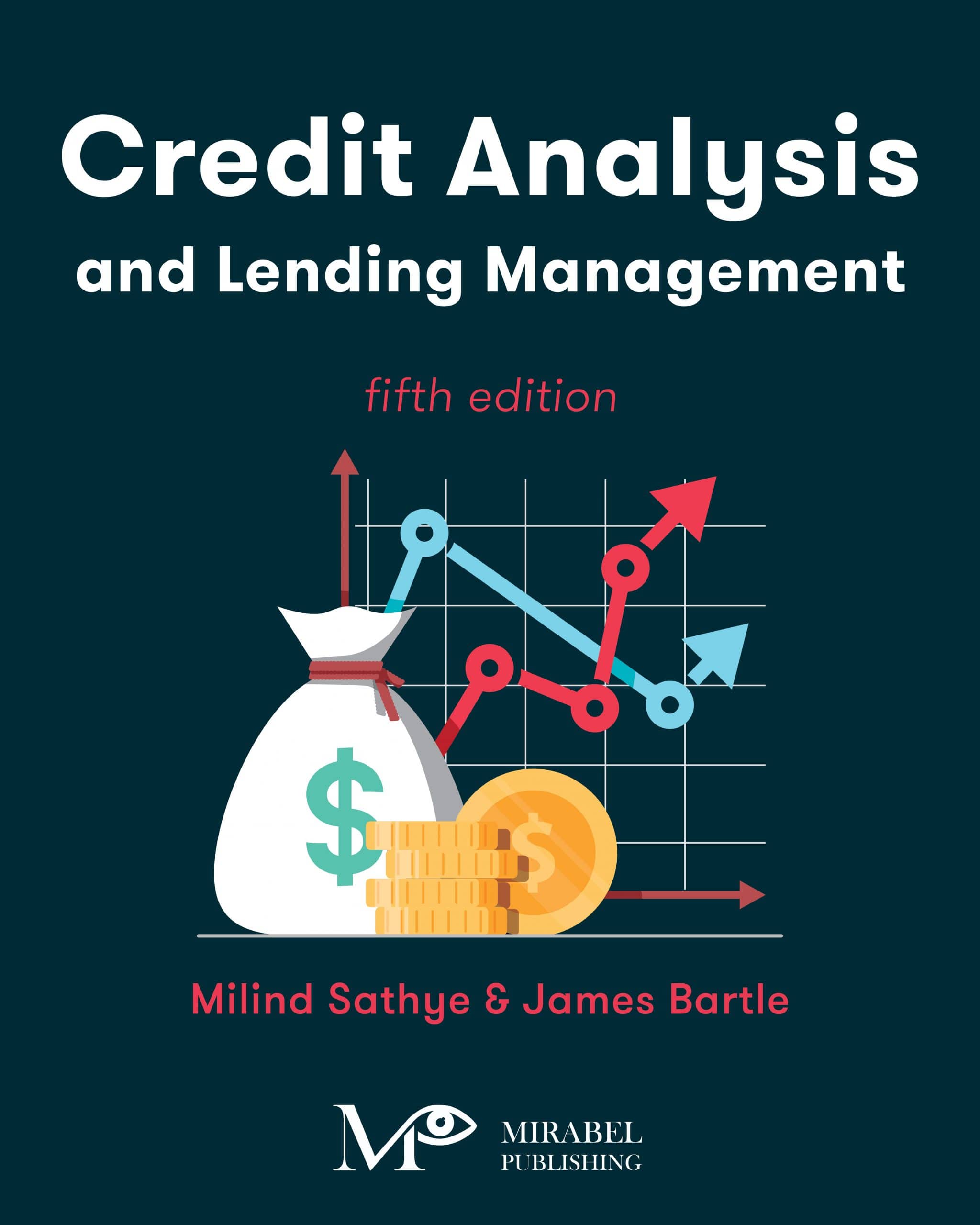Description
Lending is one of the most important functions of any lending institution and, if not managed properly, it can lead to credit quality problems that potentially threaten the very existence of the financial institution. To manage the lending function properly and mitigate credit quality problems, staff adequately trained in risk assessment and management are required.
Credit Analysis and Lending Management, Fifth Edition is a comprehensive and complete textbook on credit risk analysis and lending management. It is intended to be a key resource in the training of staff in the financial sector.
The book is divided into six parts, including 17 chapters. Parts I & II present a framework for assessing and managing credit risk. Parts III & IV include chapters that deal with special types of lending: consumer lending, corporate lending, small business lending and international lending. Part V details credit risk management and measurement techniques, and problem loan management. Part VI then looks at other forms of finance: microfinance, agricultural finance, quantitative finance and financial technology (FinTech). FinTech is a new addition to the book and recognizes the ever-changing financial environment.
Throughout this text, learning objectives are clearly indicated at the beginning of each chapter, and the chapter content then directly addresses these objectives. Additionally, new concepts are developed in a brick-by- brick manner and supplemented by clear and useful examples.
This Fifth edition has been fully revised and updated to address issues from COVID-19 and the global financial crisis (GFC), including changes to the prudential standards.




There are no reviews yet.